SUMMARY
This is AI generated summarization, which may have errors. For context, always refer to the full article.
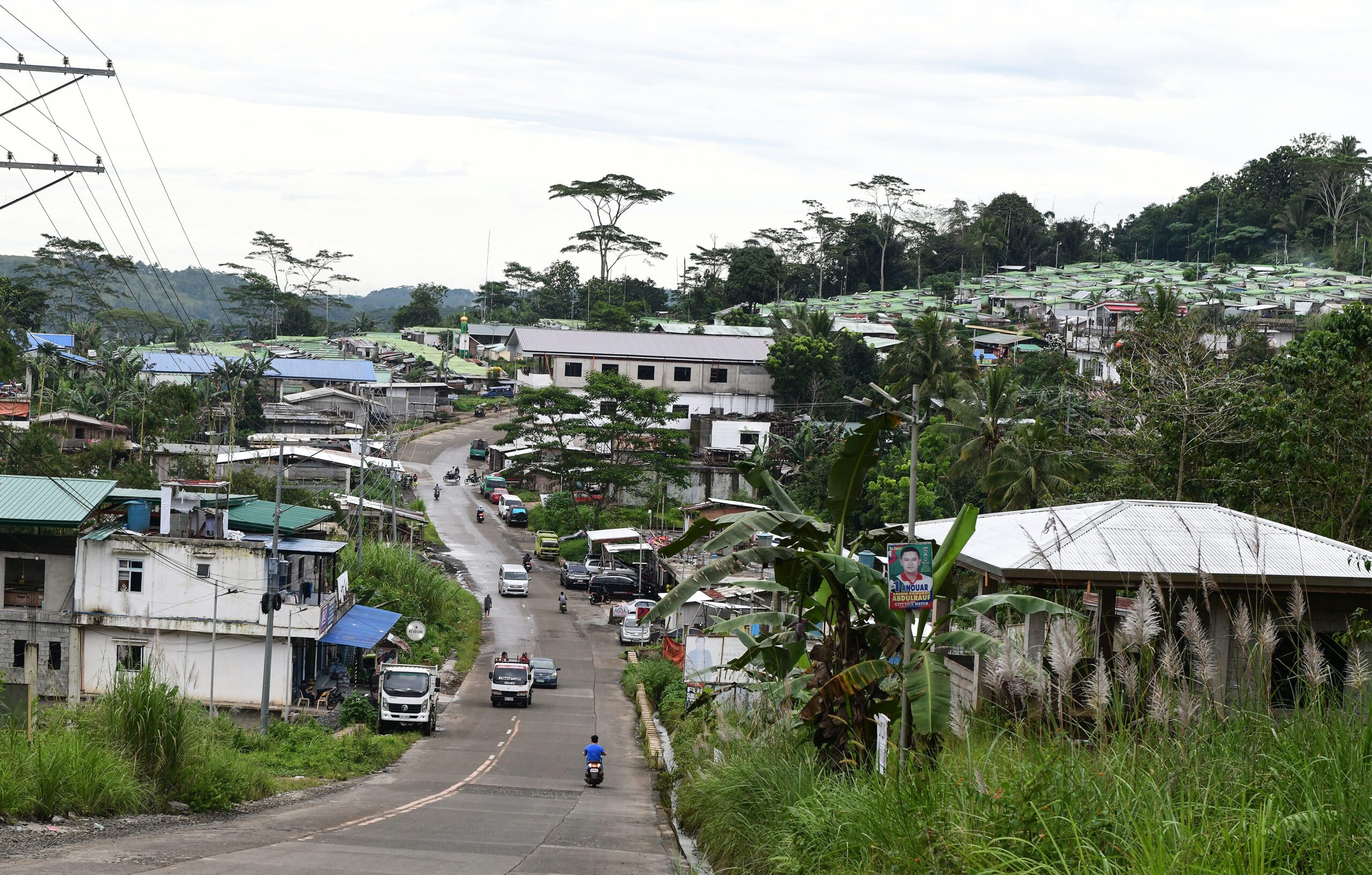
MARAWI, Philippines – Thousands of families displaced during the 2017 Marawi Siege are facing the prospect of eviction from their temporary shelters because lease agreements between the government and landowners will expire starting in November.
Marawi City Mayor Majul Gandamra said the government hurriedly signed the lease agreements with the landowners during an emergency, resulting from the five-month fighting between government forces and the Daesh-inspired Maute Group five years ago.
“We needed land for the internally displaced quickly. It was not easy to buy land,” Gandamra said.
He said when the government entered into agreements with the landowners in 2017, officials did not foresee the Marawi housing program being slowed down.
“When we entered into agreements with the landowners, the problem of housing for the internally displaced people was expected to be solved within five years. We did not expect it to last this long,” he said.
The National Housing Authority (NHA) and other government agencies are negotiating with the landowners for extensions, he said.
Some 4,000 families living in temporary shelters in these villages would face eviction unless the government and landowners forge new agreements again.
Gandamra said the land lease agreements covered 20 hectares in Barangay Sagonsongan, 20 hectares in Barangay Boganga, five hectares in Barangay Dulay, and three hectares in Barangay Patani.
All the agreements have five-year tenures, which would end next month up to the first quarter of next year.
“Those in Barangay Sagonsongan would be the first to be affected. Around 1,300 families in all,” Gandamra said.
He said some 1,800 families living in temporary shelters would also be affected in Barangay Boganga, and another 500 families in Barangay Dulay until February 23, 2023.
The United Nations High Commissioner for Refugees (UNHCR) said over 25,300 families or 127,000 people were displaced in the 2017 fighting.
In an interview with Rappler, Drieza Lininding, chairman of the Marawi rehabilitation monitor Moro Consensus Group, said there were still about 5,000 families living in temporary shelters five years after the Marawi Siege.
Lininding said many other displaced families relocated elsewhere.
“They want to return, but the government won’t allow them yet,” he said.
Poor planning and lack of foresight on the part of the government, he said, were factors for the delays.
Lininding said the Marcos administration has not even activated the Moro Compensation Board to ensure that those adversely affected by the Marawi Siege are given reparation funds based on a law approved before then-president Rodrigo Duterte stepped down.
He said many of the displaced families would not be able to rebuild if they don’t get compensated by the government because “they lost everything” in 2017. – Rappler.com
Add a comment
How does this make you feel?

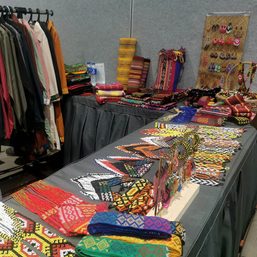

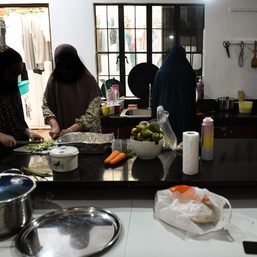
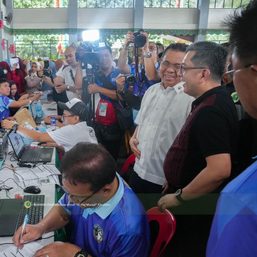
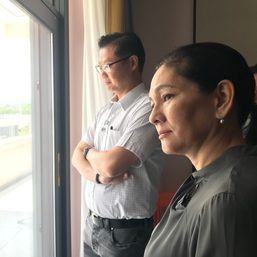
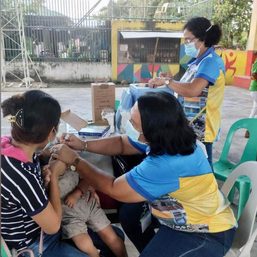
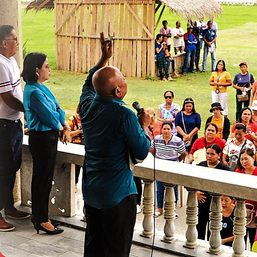
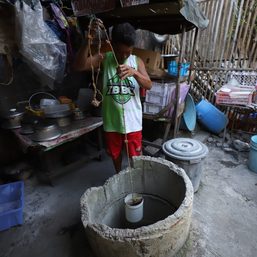
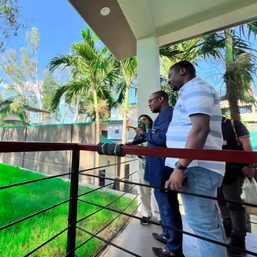
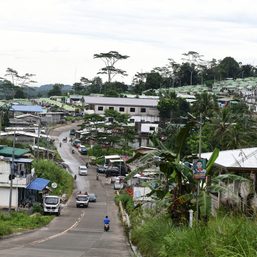
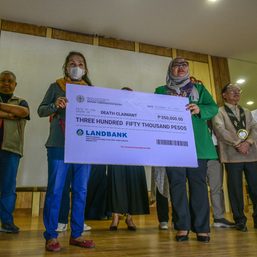
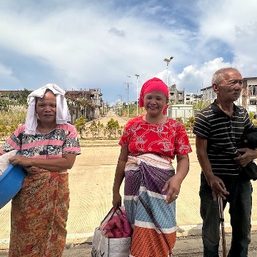
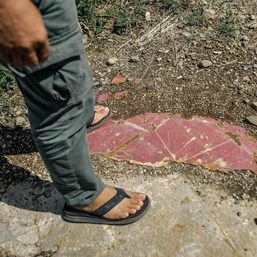
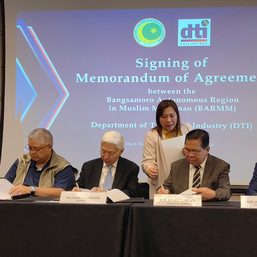
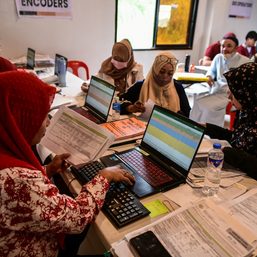
There are no comments yet. Add your comment to start the conversation.